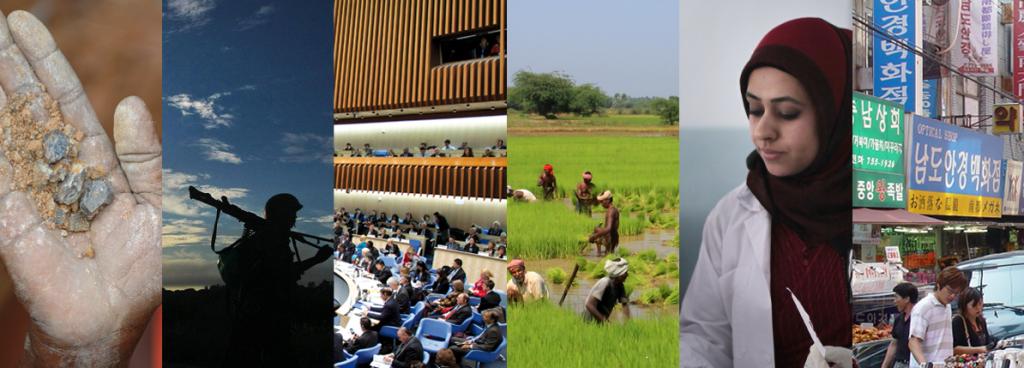The aim of this research project is to contribute to this debate with a political anthropology of the changing nature of Italy’s northeast borderland, a very contested region and the point of encounter in Europe for speakers of Romance, Slavic and Germanic languages. The project focuses specifically on the region known as Slavia friulana (Province of Udine), where the majority of the population speak Slovenian dialects. This choice is justified on three grounds: First, this border has witnessed a dramatic shift in significance over the last decades, from the Cold War, when it was the external frontier of the so-called First World, to the independence of Slovenia in 1991 and finally the country’s accession to the European Union in 2004. Second, it is probably the only segment of the old line of demarcation between the Eastern and Western blocs, which ran from Lübeck to Trieste, that has historical depth dating back to the 15th century. Finally, Slavia friulana has been comparatively much less investigated than other parts of the Upper Adriatic (such as Trieste or Istria).
Inspired by the current discussions around the “borderscapes” concept and the anthropological literature on photography and counter-memories, the project investigates whether the local political memories mediated by written testimonies and material artefacts (such as diaries, letters of migrants or family souvenirs), as well as visual documents (family albums and other photographs) conceal forms of resistance that counter and disturb the hegemonic discourse of the central state, long based on Italianization and surveillance.
The project embraces a two-fold audio-visual component. First, a survey of existing visual documents will be conducted in a territory formerly classified as military zone, where the production of images was drastically controlled. Second, the anthropological research will be supported by a series of video-recorded in-depth interviews with our interlocutors, who will be asked to comment on the written testimonies, material artefacts and visual documents they accept to share with us. The end and means of the research merge: collecting hidden images, accessing family archives and making them available becomes the very strategy for approaching people on the ground.
The project will result in a monograph and a documentary film integrating past images and contemporary testimonials to make visible the invisible. It contributes in a novel way to the general field of border studies with an investigation of counter-hegemonic visual representations and paves the way, at the regional level, for a wide-ranging public discussion including the local populations and the authorities.




